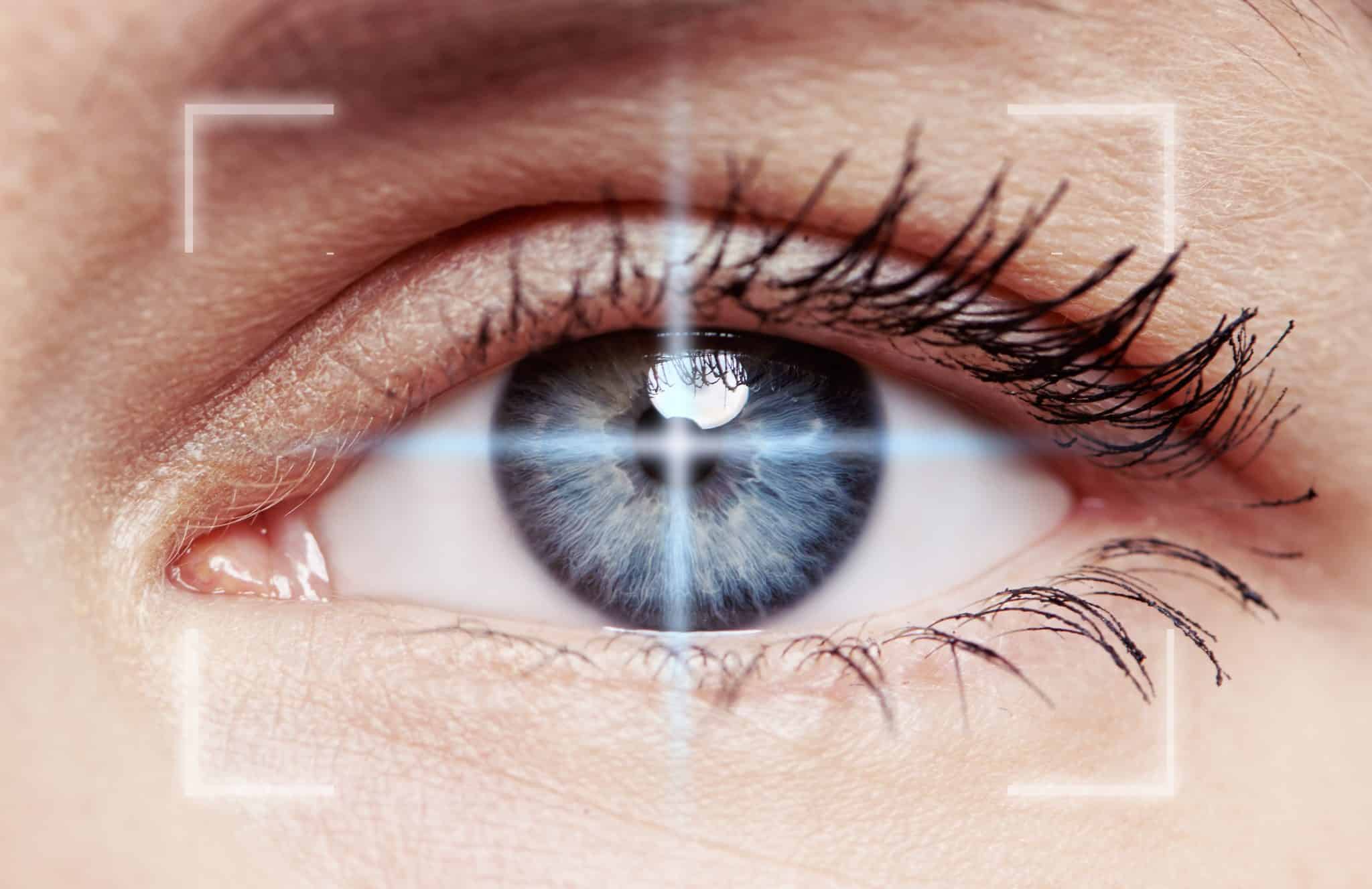Laser vision correction is currently the fastest, safe, painless and frequently used method of removing vision defects, even very high ones .
Any visual defect causes discomfort, and in many cases prevents normal functioning and professional work. Nowadays, the speed of recovery after the procedure, its safety and low risk of complications are becoming determinants that place the method in the most widely used in medicine. Laser vision correction is recommended for nearsightedness, farsightedness and astigmatism.
With this method of vision correction, you can permanently give up wearing corrective lenses or glasses.
The effects after laser vision correction are quickly felt, as the second day after the procedure, the patient notices an improvement in vision. Feedback from patients who have undergone laser vision correction shows that the comfort of vision and life improves dramatically!
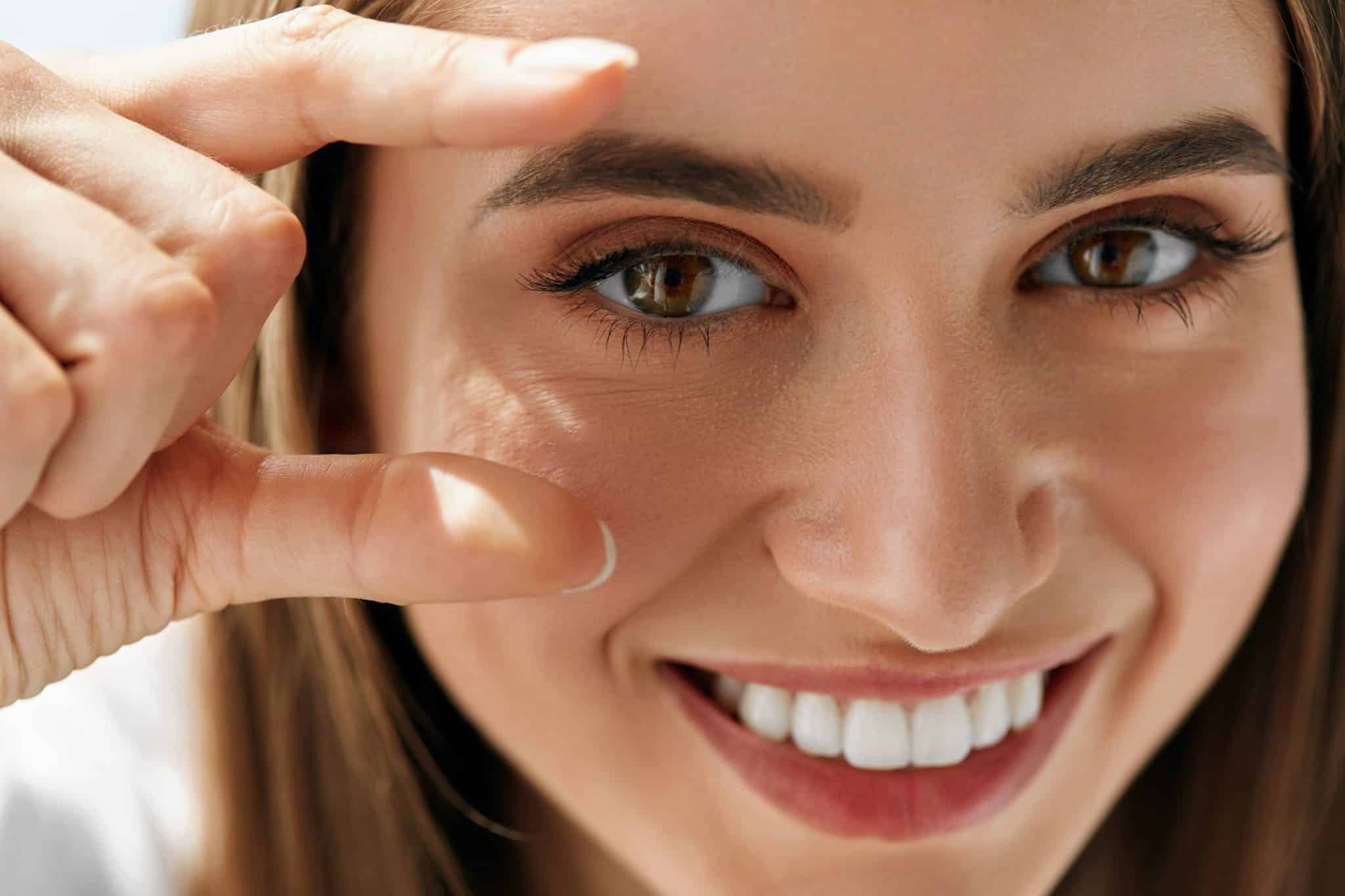
Laser vision correction in a variety of visual impairments
Laser vision correction, is a laser refractive surgery procedure. It involves modeling the anterior surface of the cornea with a laser. Its effect is to improve visual acuity in patients with refractive errors, namely nearsightedness, farsightedness and astigmatism.
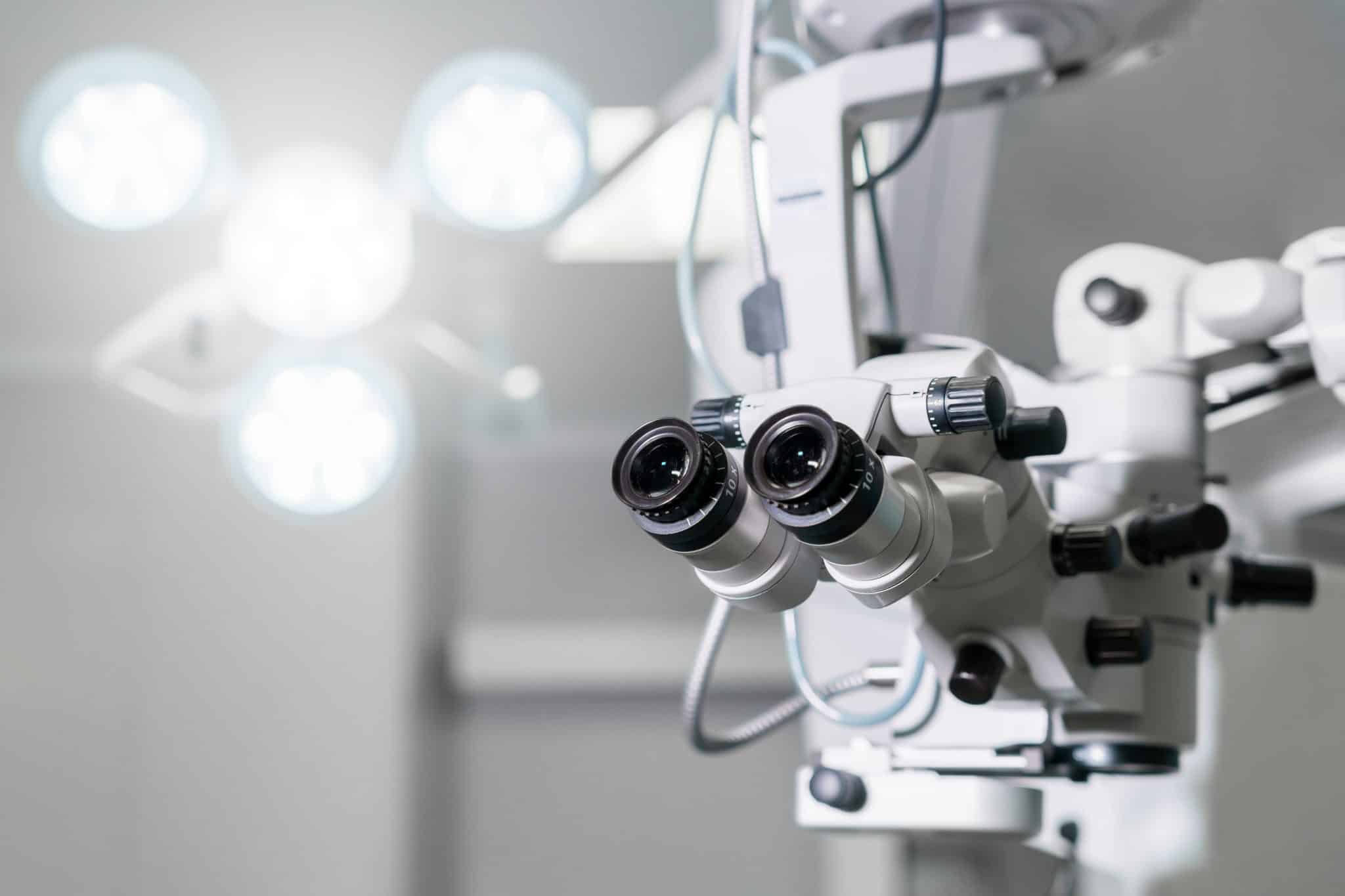
Correction of myopia and hyperopia
For myopic people, the cornea is modeled so that its surface is flatter. The extent of myopia correction is determined by individual parameters of the eyeball, which include pupil width, corneal thickness and keratometric values. If all of these values are within the appropriate range and patient safety is maintained, there is no contraindication to correcting even large defects. Laser vision correction also proves to be an effective method for very high defects. It is possible to improve vision by leaving a residual defect, which, for example, at -17.0D, leaving 2-3 diopters is a huge difference and a significant improvement in living comfort. The analogy is with hyperopia, here it is necessary to “steepen” the cornea to eliminate the visual defect. If all these values are within the right range and patient safety is maintained, even large defects can be eliminated through correction.
Astigmatism correction
In the case of astigmatism, we are dealing with a corneal structure more like an egg than a sphere. As a rule, astigmatism has little impact on the possibility of refractive surgery and can be corrected altogether. What is needed here, however, is a great deal of experience and knowledge on the part of the staff programming the laser and performing the procedure.
What is the qualification for laser vision correction surgery?
The decision to perform laser vision correction is made after qualification. It involves performing tests that will give an answer as to whether a patient can undergo the procedure, interviewing the patient, and analyzing the results of various tests, among others. Analysis of corneal thickness in relation to visual defect, keratometric analysis and pupil size. During qualification for the procedure, the patient’s general health is also checked (the patient should have basic health examinations performed and indicate any chronic diseases from which he or she suffers). The condition of the various structures of the eyeball is also checked. If no contraindications were identified at the time of qualification, the patient’s condition is good, all parameters are normal and interact with each other. The patient is referred for laser vision correction surgery.
Are you interested in this treatment?
At our clinic, experienced specialists take an individual approach to each patient. You are welcome to schedule a consultation.

More than 120 years of experience passed down from generation to generation.
Course of laser vision correction procedure
The laser vision correction procedure is minimally invasive, painless and relatively quick. Throughout the procedure, the patient is fully conscious. Local anesthesia in the form of eye drops is administered before the procedure. The procedure is always performed on two eyes, unless the patient is qualified for only one eye. The entire procedure is based on the work of two lasers: femtosecond and excimer (for the femtolasik, Vlasik and presbyMAX methods).
Using a femtosecond laser, a corneal flap is peeled away by the operator, while an excimer laser reshapes the cornea in a matter of seconds, after which the flap is put back in place. The procedure itself takes about 5-6 minutes per eye. Before leaving, the doctor looks at the eyes in a slit lamp to see if everything is fine, then the patient can go home.rnrnA mandatory follow-up is scheduled for the second day, and the next one is after approx. week.rnrnThe laser used at Voigt Eye Clinic is the Amaris 1050 laser, whose state-of-the-art technology makes it easy to work with the patient, and the procedure itself is completely safe. At the end of the procedure, the laser “polishes” the cornea, which gives virtually sharp vision after just a few hours.
See what the procedure looks like
Contraindications to laser vision correction surgery
- Pregnancy and lactation period – hormonal changes can affect individual structures, resulting in fluctuations in visual acuity of the eye.
- unstabilized hyperthyroidism or hypothyroidism, while if the patient is taking the appropriate medications and is under constant control of an endocrinologist, and the test results are normal, laser vision correction can be performed.
- unstabilized diabetes, while if the patient follows the recommendations of a diabetologist, takes medication, the condition is stable, and test results are normal, laser vision correction can be performed.
- mental or neurological illness that does not allow proper contact with the patient
- Other untreated immune diseases, some heart diseases, cancer.
- Eye diseases, e.g., retinal diseases, glaucoma, iris and choroidal diseases, tumors, etc., cataracts, corneal dystrophies, corneal cone (see treatment and correction of corneal cone).
How to prepare for laser vision correction?
Laser vision correction is a procedure you need to prepare for. Guidelines on how to do this will be provided by the ophthalmologist during the qualification process for the procedure. Nevertheless, it is worth remembering:
- to refrain from wearing contact lenses for a period of 1-4 weeks before the qualifying examination and surgery, depending on the type of lens. The lenses cause a temporary change in the shape of the cornea, and this can affect the accuracy of measurements taken during an eye exam. People who wear Ortho-K lenses (they are worn at night) should give them up 3 months before the examination and surgery.
- Plan a few days off after the procedure to rest and return to full vision. It is recommended that after treatment, do not work at a computer for several days, stare at a cell phone for a long time. However, if the patient has to return to computer work, the eyes should be moisturized.
- For women, it is necessary to give up eye makeup (mascara, eyeliner, eye shadow) 24 hours before the procedure, on the day of the procedure and several days after the procedure.
- Do not use alcohol, coffee, and so-called “soft drinks” before the procedure and qualifying tests. “energizers.”
- On the day of the test, arrange transportation to the clinic, as driving is not advisable after the procedure.
Expert content on our blog
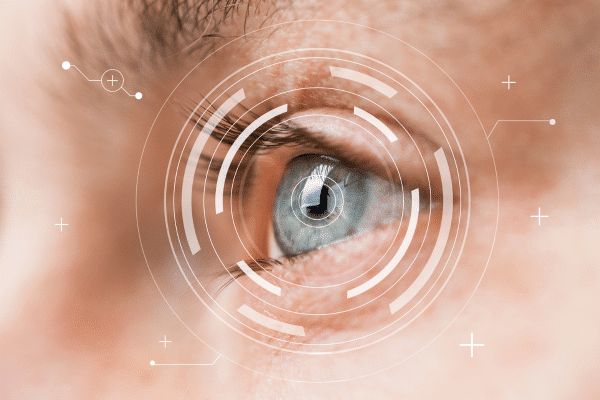
July 26, 2022
Laser Vision Correction in Krakow – Vlasik Method
See what our proprietary vision correction method is all about.
Read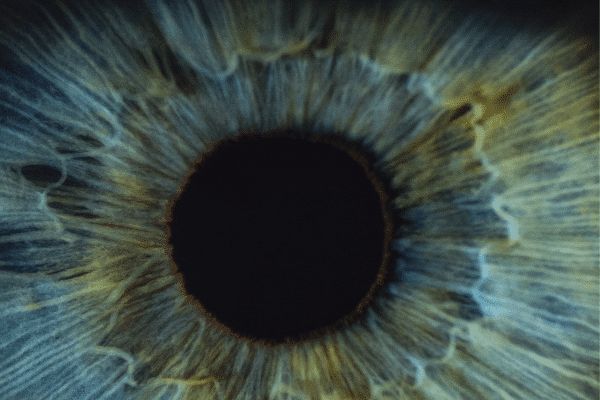
June 23, 2021
Refraction of the eye – what is refraction and what are the main refractive disorders of the eye?
What are refractive errors and how are they corrected?
Read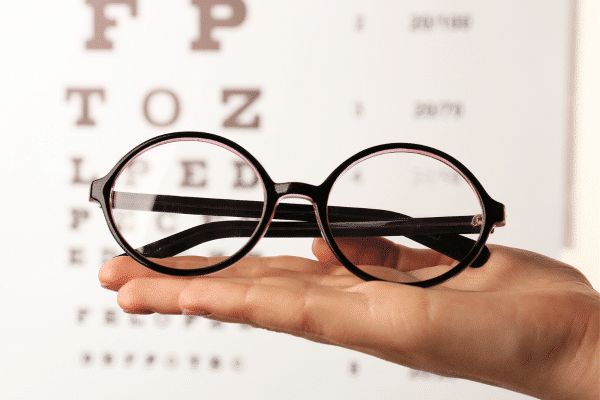
June 7, 2021
What eye defects qualify for a disability certificate?
When a visual defect makes normal life difficult or impossible, a patient can apply for a disability certificate. What eye defects qualify for a disability rating?
Read
